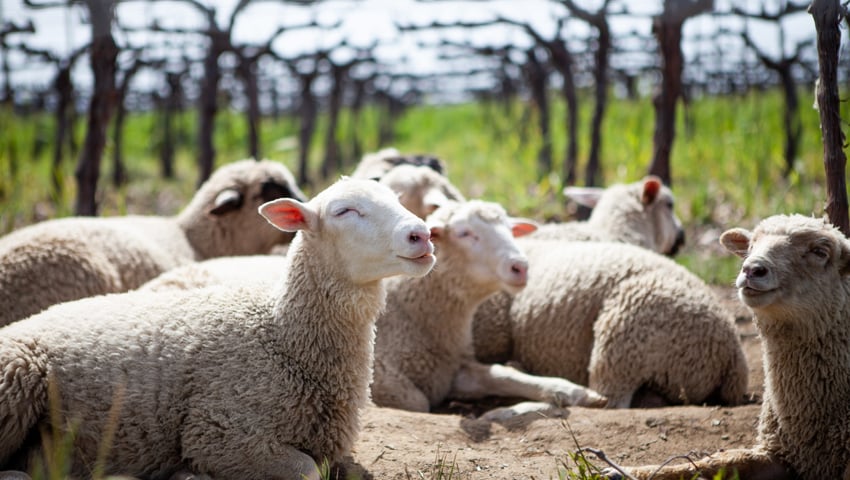A study by researchers based in the USA and Sweden aimed to quantify soil carbon sequestration from regenerative agricultural practices in crops and vineyards.
Jessica Villat and Kimberly A. Nicholas investigated the soil carbon sequestration potential of seven regenerative farming practices – agroforestry, cover cropping, legume cover cropping, animal integration, non-chemical fertiliser, non-chemical pest management, and no tillage – for both arable and woody perennial land.
The researchers said that, “Although generally small sample sizes hindered detecting any statistically significant differences in soil organic carbon sequestration between the various regenerative practices, our results indicate that all seven practices contribute to below-ground carbon sequestration on average.”
Regenerative agriculture commonly aims to increase soil carbon sequestration, with potential benefits for human and ecosystem health, climate mitigation, and biodiversity. However, the specific effectiveness of various regenerative practices at increasing carbon sequestration is still unclear.
This study identified and quantified the yearly soil carbon sequestration rate of regenerative practices in arable cropland and vineyard ecosystems through a literature review. The researchers examined N=345 soil carbon sequestration measures across the seven regenerative practices and found that all seven practices effectively increased the carbon sequestration rate.
Villat and Nicholas said, “We found that some practices exhibited higher mean sequestration rates for particular land uses (agroforestry for arable and animal integration for woody perennial land). Interestingly, we found that combining certain practices yielded higher mean soil carbon sequestration rates than when applying them separately. For instance, the combination of cover crops and no-tillage resulted in a higher mean soil carbon sequestration rate than when these practices were applied individually. Additionally, double cover cropping (combining one legume and one non-legume) resulted in a higher mean soil carbon sequestration rate in arable land compared to either cover crop alone. Overall, our findings suggest that the combined application of multiple regenerative farming practices may lead to greater carbon sequestration outcomes.”
In the paper, the researchers propose a sequence of regenerative practices that farmers can adopt, balancing ease of implementation and carbon sequestration effectiveness.
